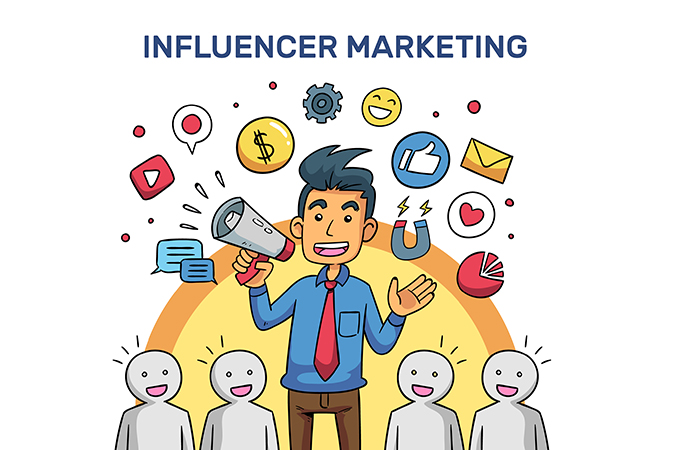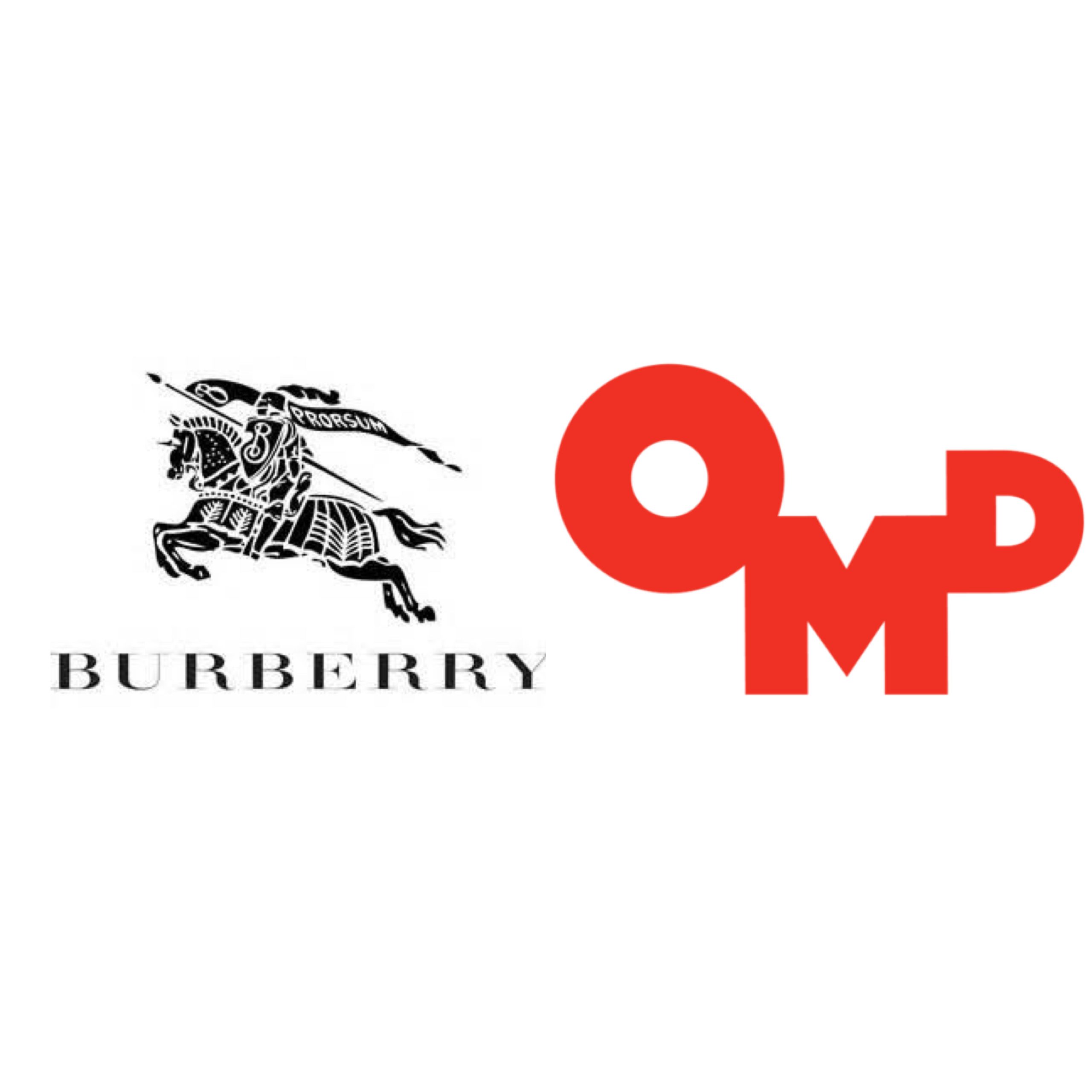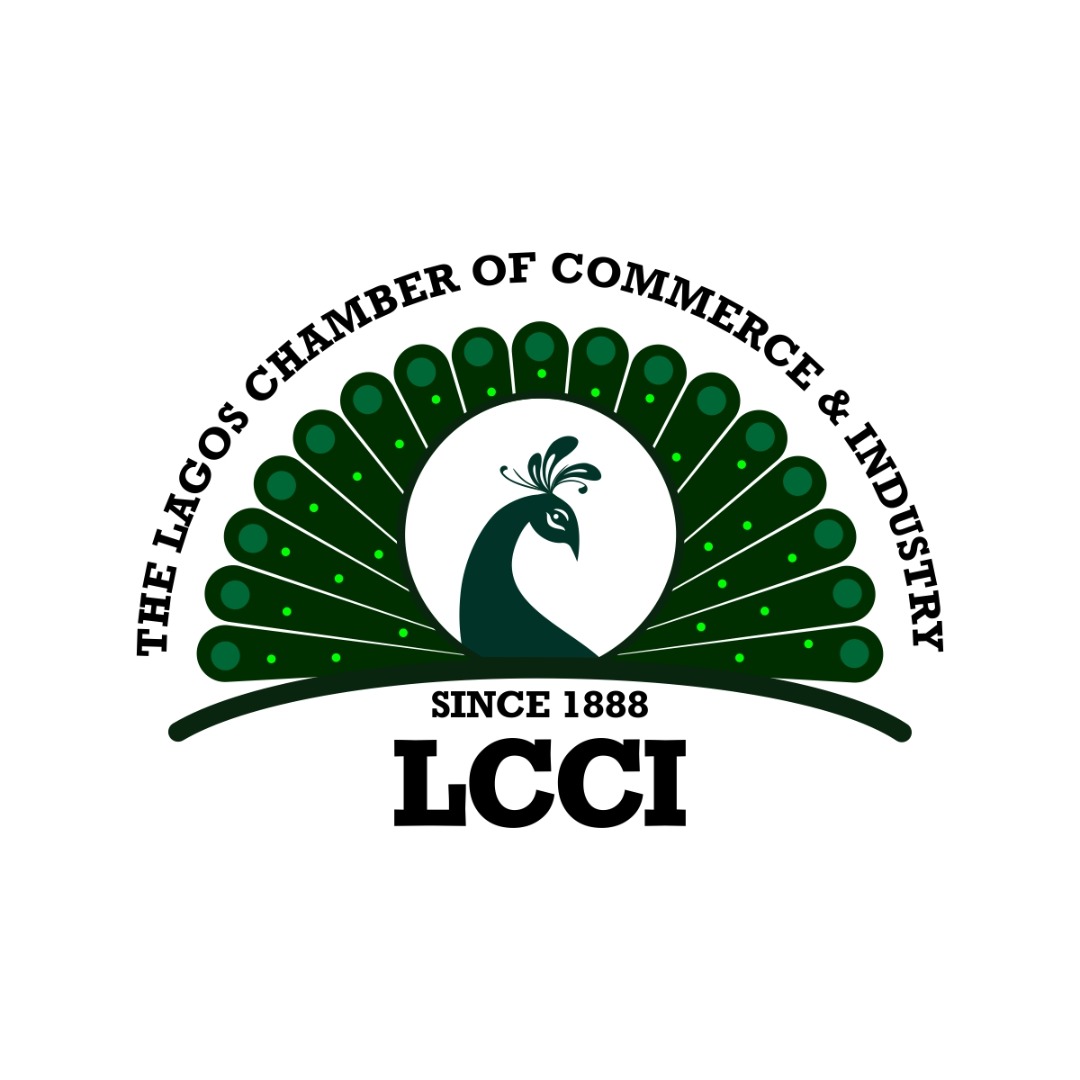Influencer marketing has firmly taken its place at the heart of global brand strategies, with new figures showing that nearly all multinational advertisers now rely on creators to connect with audiences.
Massive Adoption and Spending Surge
The World Federation of Advertisers (WFA), in its 2025 Effective Influencer Marketing Report, disclosed that 99% of its members work with influencers, while two-thirds use them extensively across different regions.
The report estimates that worldwide spending on creator collaborations will climb past $39 billion this year, marking one of the fastest-growing areas of digital investment.
Evolution into a Core Discipline
What began as experimental partnerships has matured into a key marketing discipline, with 61% of global marketers predicting influencer activity will gain even more relevance in the years ahead.
On average, multinationals now dedicate more than 8% of their ad budgets to influencer activity, with over half projecting an additional 23% rise in spend within the next year.
Platform Dynamics and Shifting Influence
Instagram continues to dominate the landscape at 94%, but TikTok’s rapid rise is reshaping the industry.
Once a minor player at 10% in 2019, the short-video platform is now employed by 61% of brands.
YouTube, meanwhile, has slipped from 78% in 2021 to 62% today.
While older platforms such as Facebook, X, and Snapchat have seen their influence shrink.
Blogs have almost disappeared from the influencer toolkit, down to just 3%.
Challenges in Measuring Returns
Despite this growth, marketers face mounting pressure to prove returns.
The majority of advertisers still prioritize reach and engagement, yet fewer than a quarter track conversions or sales directly.
Awareness remains the top goal, though more companies are shifting towards long-term relationships with influencers to build deeper connections and trust.
Evolving Partnership Models
Partnership models are evolving too. While most brands continue to operate on campaign cycles, 40% now pursue ongoing collaborations, and 38% engage influencers on “always-on” terms.
Specialist influencer agencies have also gained prominence, now serving 79% of multinational brands compared to less than half in 2019.
Rising Professional Standards
Professional standards have strengthened significantly.
Formal contracts are now standard practice for 70% of partnerships, with 66% of companies adopting influencer policies.
Disclosure practices have improved markedly, and nearly half of brands monitor compliance actively.
Selection criteria have also changed, with many firms favoring influencers who naturally use their products and align with their values over those with the largest followings.
A New Era of Accountability and Growth
The WFA notes that this level of financial commitment and professionalization signals a new era where influencer marketing is no longer an optional tactic but a strategic pillar.
For global advertisers, the challenge is to balance creativity with accountability, ensuring influencers build value without exposing brands to reputational risks.







Comment
No comments found.